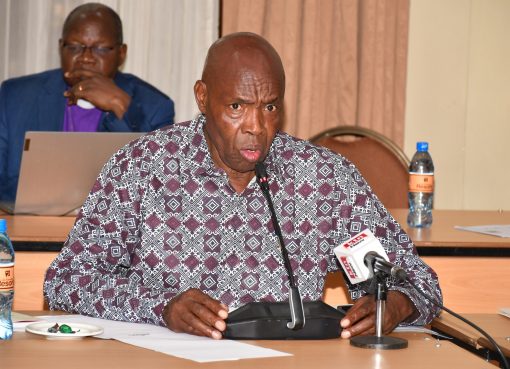The outcome of the Kenya Population and Development Conference (KPDC) 2025 held in Nairobi under the theme ‘Navigating the Future, Population Dynamics and Sustainable Development in Kenya,’ has revealed that 75 percent of the country’s population consists of youth who have a major say in the economic planning of the country.
These statistics highlight Kenya’s predominantly young population, with significant implications for the country’s economic development and policy planning, presenting both opportunities and challenges for the same.
Therefore, with a large proportion of young people, Kenya has the potential for a strong and dynamic labor force, driving productivity and innovation.
Hosted by the National Council for Population Development (NCPD), the conference brought together hundreds of stakeholders and experts, also involving crucial policymakers to come up with a substantial solution and recommendations for the booming population.
Cabinet Secretary (CS) for the National Treasury and Economic Planning, John Mbadi noted that the harnessing of the demographic dividend from the youthful population can catapult the country’s development, insisting that young people, who are custodians of the future, can be at the forefront of social transformation if provided with quality education and a high-potential work environment.
“The revamping of the technical and vocational institutions is aimed at improving skills and competencies that enhance opportunity for the young to positively engage the work environment,” he said in a speech read on his behalf by the Principal Secretary (PS) for Economic Planning, James Muhati.
Further, CS Mbadi lauded the Kenya Youth Development Policy of 2019, saying it was developed to give youth equal opportunity with other citizens, to realize their fullest potential and productively participate in economic, social, political, cultural, and also religious development.
Mbadi added that programs such as the Kenya Youth Employment and Opportunity Projects (KYEOP) were initiated to improve youth employability and assist in job creation.
In addition, he disclosed that the National Employment Authority Act 2016 was enacted to provide for a comprehensive institutional framework for employment management to enhance employment promotion interventions, to enhance access to employment for youth, minorities, and marginalized groups, and also for connected purposes.
“To ensure meaningful participation by youth in entrepreneurship, the government came up with Access to Government Procurement Opportunities, which facilitates enterprises owned by women, youth, and persons with disabilities to be able to participate in government opportunities,” stated the CS.
Additionally, Mbadi pointed out that the National Youth Service was restructured in 2013 to equip young people with skills to participate in the country’s development agenda, adding that the KPDC three-day conference offers an opportunity to enhance knowledge, awareness of the population, and challenges faced today.
He said the conference will work out new approaches and best practices that can inform policy and program development aimed at enhancing the quality of life for the country’s population.
Speaking at the Conference on Public Service and Human Capital Development, Principal Secretary (PS) Amos Gathecha cited the Kenya National Bureau of Statistics census report of 2019, where there were 47.6 million people, with projections estimating a population of 53.3 million in 2025, 57.8 million in 2030, and 82.6 million people in 2050.
“That is an exponential growth if we maintain that path. It is worth noting that a large population is not necessarily bad. Larger populations contribute to larger workforce, which spurs economic expansion and promotes sustainable development,” explained the PS.
In his remarks, NCPD Director General, Dr. Mohamed Sheikh, urged all stakeholders involved to create public awareness on population and development issues in Kenya and also act as an advocacy arm of the government to undertake advocacy activities aimed at achieving support on population and development concerns.
By Emmanuel Mbuthia





